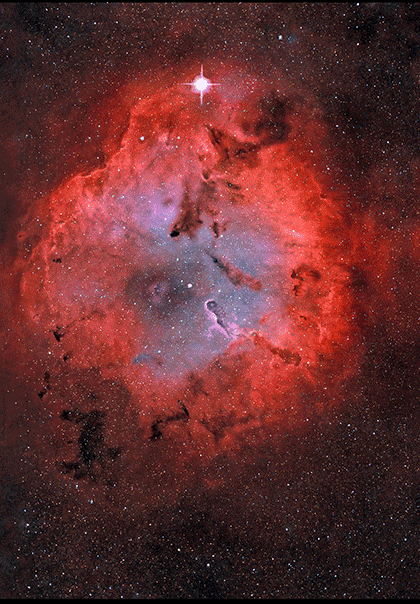Last week I was lucky enough to attend SIGGRAPH 2018, in Vancouver. My colleagues and I were presenting on a booth the work we had done, a VR story with a distinctive comic book look. I was also invited to participate to a panel session on demoscene, where I shared some lessons learned while making the 64k intro H – Immersion. The event brought a certain sense of conclusion to this work, aside from filling me with inspiration and motivation to try new things.
It has been a long time since I last posted anything here. For the last two years the majority of my spare time went into making that 64k intro. In fact the last post, “Intersection of a ray and a cone”, was related to it. I was implementing volumetric lighting for the underwater scenes, and wanted to resolve cones of light with ray tracing, before marching inside those cones. LLB and I have talked about the creation process in two making-of articles: “A dive into the making of Immersion”, and “Texturing in a 64kB intro”.
During that time, a lot of new things have happened in the computer graphics community. It has been difficult to keep track of everything. The last topic I started experimenting with is point cloud and mesh capture from photos; I might expend on it here in the future. I also want to experiment with DIY motion capture. Anyway, it’s time to resume posting here.





